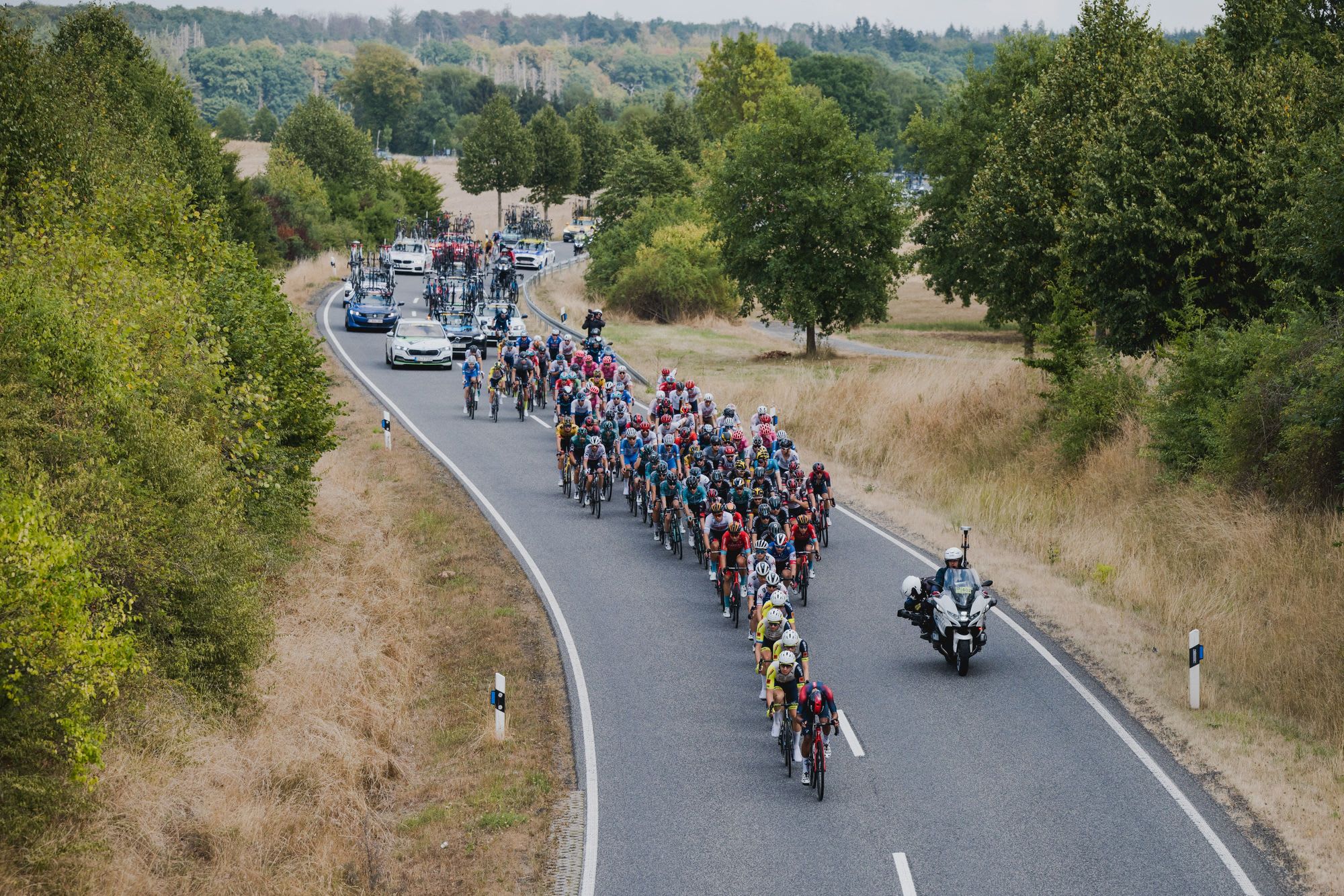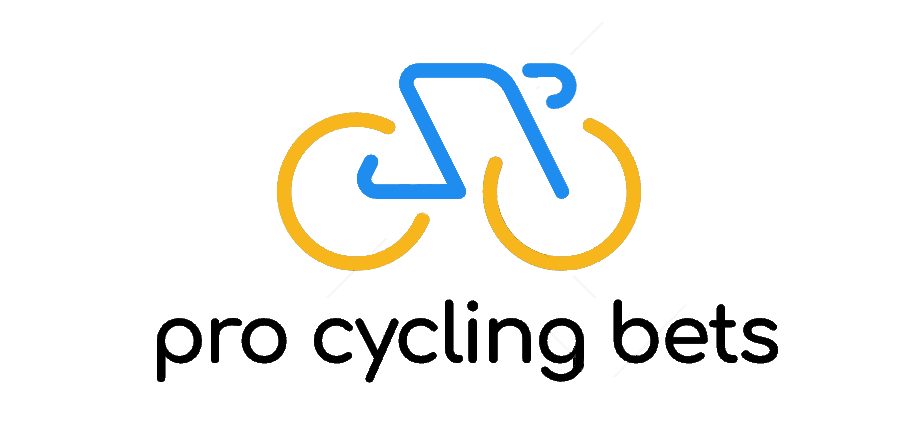What's the purpose of a break(away) in cycling?

While we’ve discussed a few of these points in the introduction above, it’s worth explicitly stating the main purposes of a break.
Forcing a Pace
Having a rider in a break is generally optimal for teams as it allows more control over the race. One of those control levels is the ability to force a pace, both in the break and the peloton itself.
Once a team has a rider in the break they can "force" the pace of the peloton by playing with the edge of what is allowed in terms of a gap between the break and the peloton. Stretch that “comfortable” gap too far and the peloton will have to work to catch up and maintain the "ideal" breakaway time gap size.
If a team has a rider in the break they can also slow down the break by refusing to take pulls on the lead of the breakaway group. This essentially causes the break to wither and slow down, and is especially useful if a team wants a GC battle nearer the end of the race (as the peloton will most likely catch the break if there’s dysfunction in the group).
A Chance for a Win
The team's GC candidate doesn't have to win every stage to win the week or multi week race. It's often the case that teams will want to win multiple stages for sponsors, or UCI points and the break is a great way to have the chance to do that.
While breaks are able to be caught these days due to the sheer intensity of modern cycling, they still do manage to pull out the win a lot. It’s actually the case that more early breaks have been winning in past five years because of two reasons. One is that from a nutrition and training perspective breaks are able to stay out there all day, and secondly, the discrepancies between the calibre of top GC teams are smaller.
Since the gaps in calibre are smaller, the teams are closer together in the standing and less willing to make a break for time advantages. They’re happy to sit back and allow the break to win in most cases. That is, as long as their close GC competitors are situated with them in their current group (most often the peloton)
TV Coverage & Experience
You'll often see lower-level teams in the break (especially Pro level teams at World Tour level races who’ve received wildcard slots) in the break to get their name out there to the public and also for television coverage.
Younger riders may also go in the break to gain experience on how to actually land themselves in the break, and realize the full intensity of what it means to ride in a break as well.
Modern cycling, while not awash with cash by any means, is less reliant on sponsors who require their names on the television. What this means is that the TV coverage rationale is becoming less of an argument for getting in the break - especially in larger races such as the Tour de France, where there’s really no “small” teams. No team in the Tour de France would likely risk their riders wasting their energy getting and working in the break solely for TV coverage.
The Drop Back
Having a rider in the break also allows for the team to drop back the rider from the break instead of having them try to catch up to another of the team's riders at a certain position.
Say Rider A is the GC leader for a team, is starting an attack from the peloton and needs support. At that point in the race, all of Rider A's teammates may be behind him in the race and would have to work to get back to him. And if you've been on a long bike ride you will know it's not always easy to get back to the front of a group.

But if the team had a rider in the break ahead they could have him stop (you can't legally go backwards on a course) and wait for Rider A to support him in his GC attack. A great example of this occurred in the 2022 Tour de France when Wout van Aert, who was in the break, waited for Vingegaard to support his attack against Pogačar.
Simply put, having a rider in the breakaway gives the team options from a tactical perspective and also gets their presence known by fans and sponsors alike.
